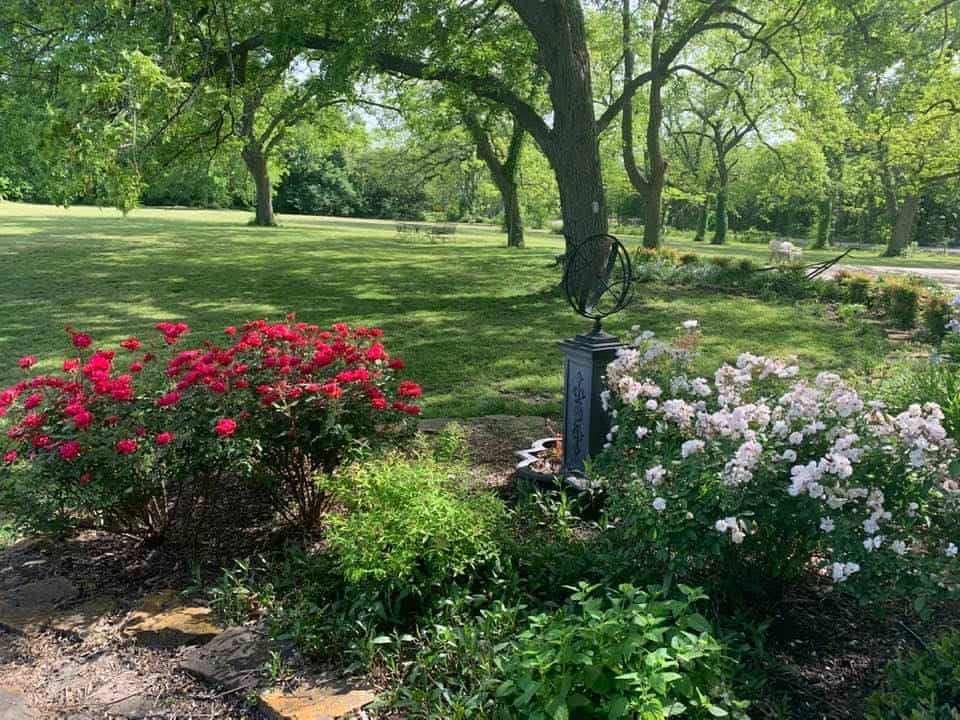Reading the Bible Anew The Trail to Our Singing Today; Part Three
Does the music we use in church today bear resemblance to that of yesteryears? No!I n fact, music theory had to advance before we could sing the way we sing. Key moments: 1) 9th Century -Early attempts at notating pitch used neumes, which floated above text but had no staff lines. 2) 10th century- Guidonian notation began to evolve, using lines to show pitch more clearly. 3) 11th century- Guido of Arezzo, a Benedictine monk, formalized the system: a) Introduced a four-line staff. b) Assigned specific pitches to lines and spaces. c) This helped singers learn music more accurately and faster. 4) 13th century- The modern five-line staff came later as music grew more complex.5) 17th century- Treble Clef (G Clef) and Bass Clef First appeared in the 11-12th century but became standardized in the 17th century. [1] [2] [3] [4] [5] [6]
The Reformation brought a thrust to involve all in singing in worship—not just the clergy. The Lutherans and pietist used chorales with freely composed devotional texts while the Calvinist limited singing to the psalms and other portions of scripture. Next to the Psalms the Book of Common Prayer was the most significant contribution to lyrics. Those uneducated ( Puritans 1640) used slow one line at a time though the 17th and 18th centuries. Secular tunes begin to influence Christian music. Poetic paraphrases of biblical psalms begin ( ex. Isac Watts, Ps 90, “Our God Our Help in Ages Past”). The 18th and 19th century saw an earlier version of our “worship wars”—the Great Psalmody Controversy. Two modes of singing were promoted: 1)Lining Out: An older practice where a leader (precentor) would sing or read each line of a psalm, and the congregation would repeat it. It was valued for its simplicity and communal nature. 2) Regular Singing: Introduced musical literacy, encouraging people to read musical notation and sing in harmony from a printed tune book. The controversy was essentially a debate over tradition vs. reform, literacy, musical training, and control over worship practices. The controversy reflected deeper tensions: 1) Education vs. tradition 2)Urban vs. rural values 3) Clerical authority vs. congregational autonomy . Does the controversy sound familiar? Regular singing helped pave the way for the rise of shape-note singing and greater emphasis on music education in churches and school.
In the 19th and 20th centuries music in the churches ( and those from the Restoration Movement ) evolved further. Shape-Note Singing became predominant in rural areas. Singing schools using shape-note notation (like Christian Hymns No 2) ) were foundational. Music was often a shared, participatory experience. Congregations relied less on formal training and more on oral tradition and memorization. Instrumental music, choirs, or professionalized singing were often seen as innovations not authorized by scripture. Urban Churches of Christ began embracing music colleges (e.g., Nashville Bible School, later Lipscomb) and trained song leaders. Urban churches had more access to commercial hymnals, some of which included works by composers like Tillit S. Teddlie, Austin Taylor, and E. L. Jorgenson. Popular styles from the larger Protestant world influenced urban Churches of Christ, including sentimental gospel songs, four-part harmony, and even occasional pressure toward instrumental music (though largely rejected. [7] [8] [9] [10] [11] ( Note: Read Part One to read what the bible says about singing)
Part Four will describe the journey from the Restoration Split to Singing in Churches of Christ Today.
References
[1] R. Hoppin, Medival Music, New York : Norton and Company, 1978.
[2] W. Apel, “The Notation of Polyphoonic Music,” in The Medical Acdamey of Ameruca, Canbrudge , 1953, pp. 900-1600.
[3] B. a. Fuller, “Notation,” in The New Grove Dictionarry of Music and Musicians, 2nd edition , London , MacMillian , 2001.
[4] S. Fuller, “Clef,” in The New Grove Dictionary of Music and Musicians, 2nd ed, London, MacMillian , 2001.
[5] R. Tarusin, The Oxford History of Western Music, Vol 1 The Earlist Notations to the Sixteen Century, New Youk: Oxford University Press, 2005.
[6] G. Reese, Music in the Middle Ages, New York : Nortorn and Company, 1940.
[7] R. T. Hughes, Reviving the Ancient FAith: The Story of Churches of Christ in America, Grand Rapids: Eerdmans , 1996.
[8] E. H. a. H. T. McElarath, Sing with the Undersatanding :An Introduction to Christian Hymnology, Nashvilld: Broadman Press, 1980.
[9] ,. D. E. J. Harrell, The Churches of Christ in the Twentieth Century: Homer Haileys Personal Journey of Faith, Alabama Press , 2000.
[10] W. S. Lemon, Voices of the FAithful: A History of A Cappellla Singing int eh Churches of Christ, Abilene: ACU Press, 1981.
[11] G. a. L. J. Gaither, A Cappella Music in the Public Music of the Church, Nashville : Gospel Advocate , 1972.
